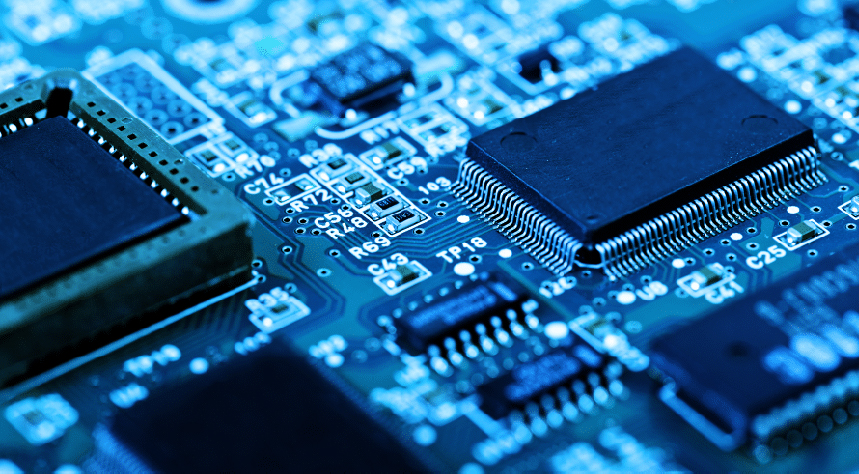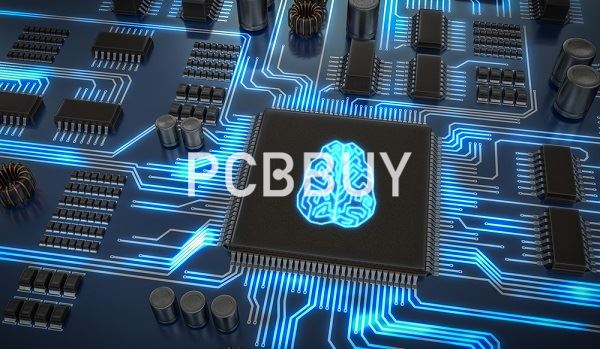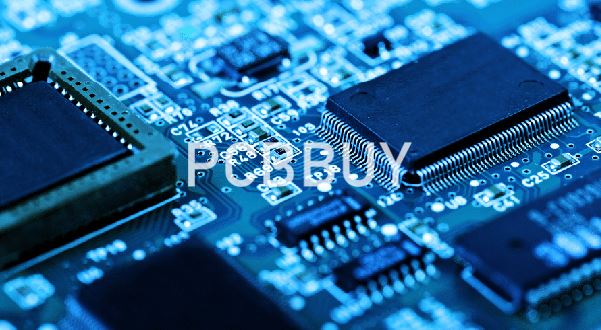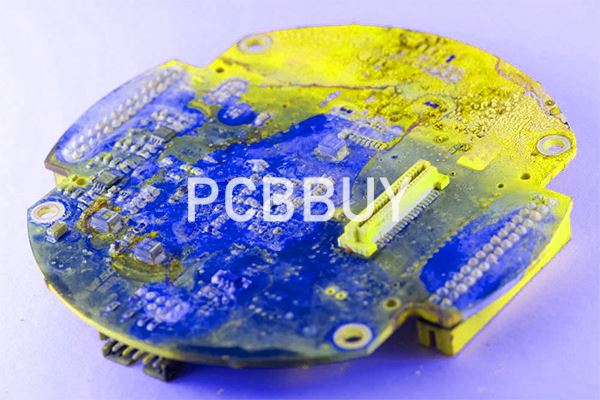What is PCB History for Electronic PCB Beginners?
By:PCBBUY 11/01/2021 10:27

In 1936, Austrian inventor Paul Eisler developed the first PCB to operate a radio system, based on a circuit design originally patented by Charles Ducas. The technology was quickly picked up by the United States military and used in proximity fuses during World War II. The technology was released to the public in 1948, and printed circuit boards, also known as printed wiring boards, started to evolve.
Are you curious about the history of PCB? Are going to learn history about PCB? If you are interested in history of PCB, please check and read this passage for more information.

What is the invention of multilayer PCB?
Throughout the 50s and 60s, the substrates used to make circuit boards changed from common materials we know to resins and other rare materials. The new materials enabled developers to create more boards quickly and on a large scale. Though printing was limited to one side, these PCBs were more efficient than the early wiring approaches.
In the 60s, developers began making PCBs with more than three layers of connective materials. These PCBs were more space-intensive and flexible. In the 70s, PCBs reduced in size further. Developers started applying hot-air soldering techniques for more effective soldering and better repair processes.
PCB evolution timeline
· 1925: Charles Ducas, an American inventor, patents the first circuit board design when he stencils conductive materials onto a flat wooden board.
· 1936: Paul Eisler develops the first printed circuit board for use in a radio set.
· 1943: Eisler patents a more advanced PCB design that involves etching the circuits onto copper foil on glass-reinforced, non-conductive substrate.
· 1944: The United States and Britain work together to develop proximity fuses for use in mines, bombs, and artillery shells during WWII.
· 1948: The United States Army releases PCB technology to the public, prompting widespread development.
· 1950s: Transistors are introduced to the electronics market, reducing the overall size of electronics, and making it easier to incorporate PCBs and dramatically improving electronics reliability.
· 1950s-1960s: PCBs evolve into double-sided boards with electrical components on one side and identification printing on the other. Zinc plates are incorporated into PCB designs and corrosion-resistant materials and coatings are implemented to prevent degradation.
· 1960s: The integrated circuit – IC or silicon chip – is introduced into electronic designs, putting thousands and even tens of thousands of components on a single chip – significantly improving the power, speed, and reliability of electronics that incorporate these devices. To accommodate the new IC’s the number of conductors in a PCB had to increase dramatically, resulting in more layers within the average PCB. And at the same time, because the IC chips are so small, the PCBs begin to grow smaller, and soldering connections reliably becomes more difficult.
· 1970s: Printed circuit boards are incorrectly associated with the environmentally harmful chemical polychlorinated biphenyl, which was also abbreviated as PCB at the time. This confusion results in public confusion and community health concerns. To reduce confusion, printed circuit boards (PCBs) are renamed printed wiring boards (PWB) until chemical PCBs are phased out in the 1990s.

What is the development of 90s?
Even with the density and functionality of PCBs improving, production costs reduced significantly in the 90s. This enabled manufacturers to make various electronics to sustain the swelling demand. In the 90s, silicon use became more familiar with the invention of the Ball Grid Array (BGA) method. This packaging technique offers more interlinking pins than the flat packaging method. Instead of just the edges, the whole lower part of the PCB becomes functional.
While no significant improvements were made on circuit boards in the 90s, the design procedure became a change on its own. Designers embraced Design for Test (DFT) techniques in their work. Instead of concentrating on solving the present needs, they considered future reworks in their designs.
The Roaring Twenties of PCB
With World War I coming to a close we’re now in the Roaring Twenties and seeing a giant economic boom in the United States. This was the first time in history that more people lived in cities than in farms. We’re also starting to see the introduction of chain stores and brands throughout the United States. You might have had one or two family-owned shops in two different towns, but now we have major brands and stores going national.
The greatest invention during this period was the automobile by Henry Ford and its required infrastructure. This situation is similar to the 1990s, where we had to build a major infrastructure to handle the internet and our information age by building switches, routers, and fiber optic cables. The automobile was no different.

What is the future of PCB?
Currently, most circuit boards are printed using multi-step methods such as conventional vacuum deposition and photolithographic patterning. However, these methods have disadvantages since they require a high processing temperature, involve toxic waste, and are expensive. With the technological advances we have seen in previous years, it’s not hard to imagine PCBs will soon be revolutionized. It’s already beginning! with the use of 3d printing become more mainstream ‘3d printing’ a printed circuit board has become realised.Not only that but research institutes predict a more ‘green’ future for PCBs; PCBs being made of paper.
Miniaturization of electronic products continue to drive printed circuit board manufacturing technology and design towards smaller and more densely packed boards with increased electronic capabilities. Future advancements may include three-dimensional molded plastic boards and the increased use of integrated circuit chips, POP (package on package) as well as embedded components. These and other advancements will keep the design and manufacture of printed circuit boards a dynamic and constantly evolving industry for many years to come.
Industry Category











